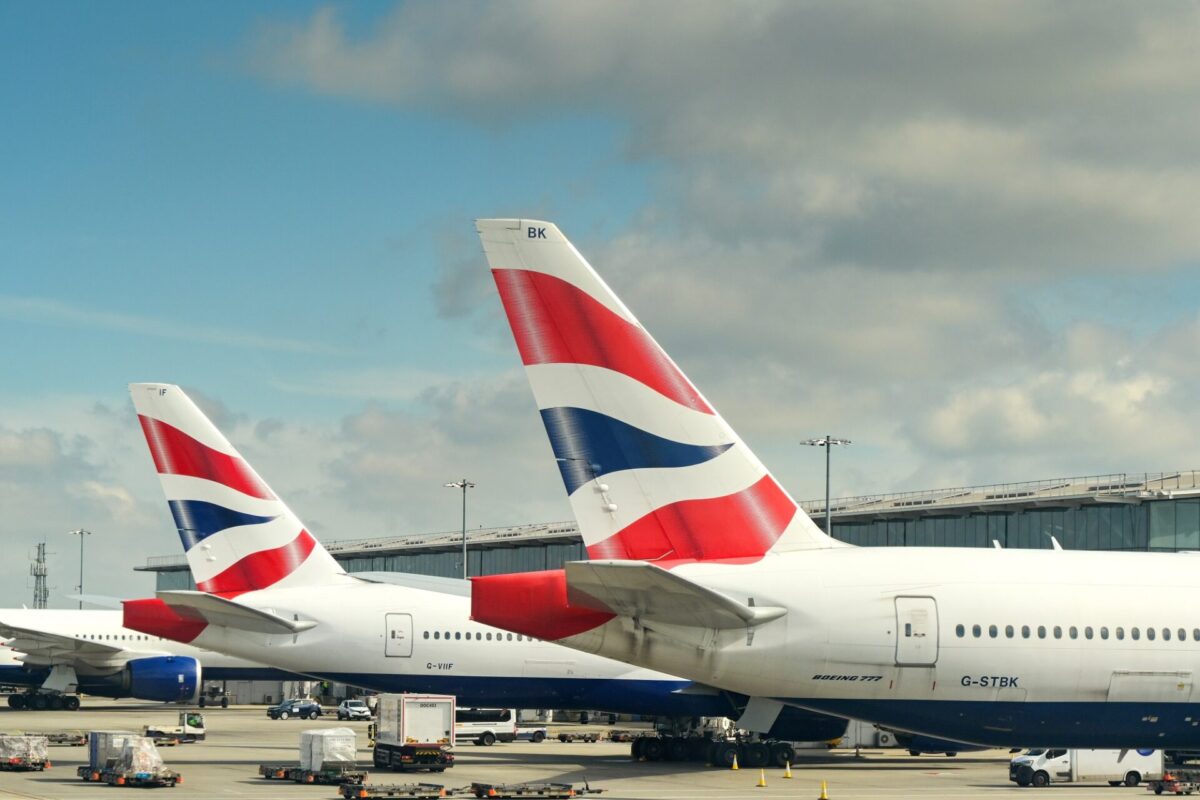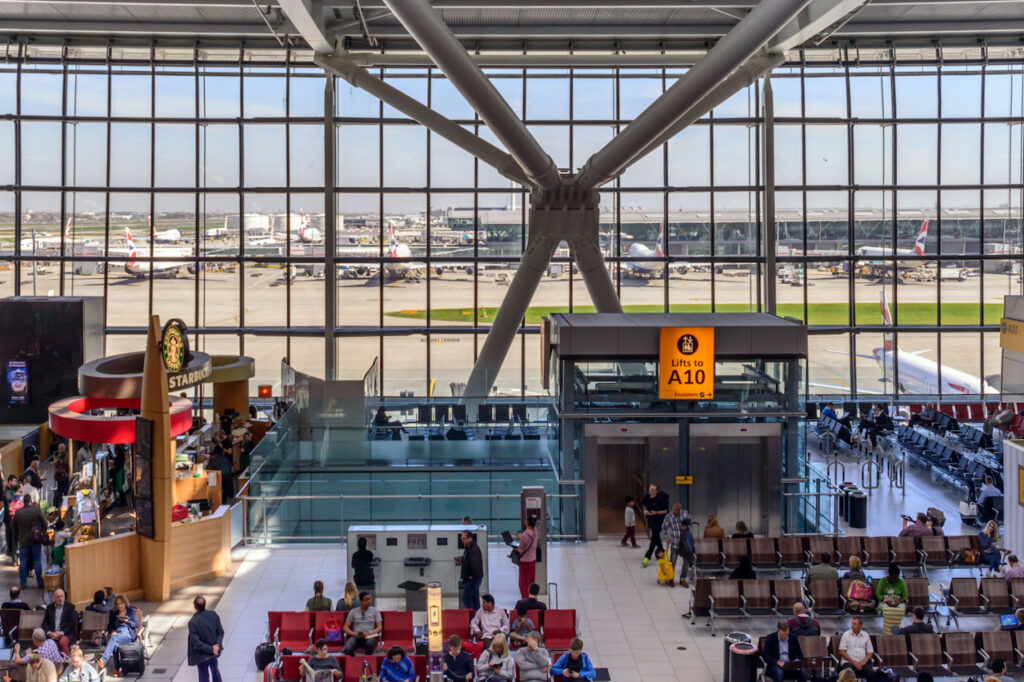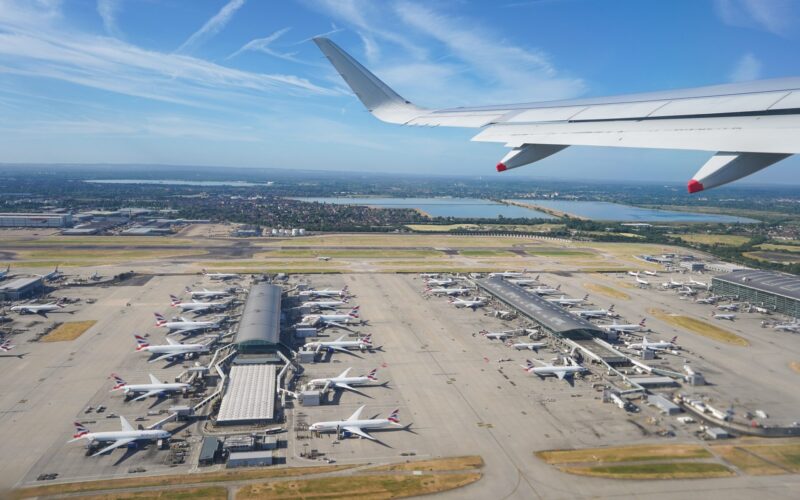After years of toing and froing a third runway at London-Heathrow Airport (LHR) has been approved by the UK’s newest Chancellor of the Exchequer Rachel Reeves.
In a speech on January 29, 2025, against vehement opposition from environmental groups Reeves finally announced that in the UK government’s mission for growth a third runway at Heathrow Airport would be a significant catalyst.
Reeves began her speech at the Siemens Healthineers in Oxford, by telling the audience that “economic growth is the number one mission of the government” before setting out plans for a new runway at the UK’s largest airport.
Reeves said that a decision over a third runway at Heathrow had been “delayed, avoided and dumped” but the case for a new development was “stronger than ever”.
After announcing a raft of investment across the UK, Reeves confirmed the government now supports a new runway and is welcoming proposals for the development which will be privately funded.

“I can confirm today that this government supports a third runway at Heathrow and is inviting proposals to be brought forward by the summer. We will then take forward a full assessment through the airport national policy statement. This will ensure that the project is value for money and our clear expectation is that any associated transport service costs will be financed through private funding. It will ensure that a third runway is delivered in line with our legal, environmental and climate objectives, Said Reeves.
Reeves also announced that the government would invest £63 million ($78 million) in Sustainable Aviation Fuel (SAF) development, to “provide greener fuel to the aviation sector and help reduce aviation’s overall environmental impact”.
Since the new Labour government was voted into power in July 2024, it has made economic growth a key pillar of its plan to improve day to day life and living standards for the British public.
In recent years, the UK economy has stagnated following a cost-of-living crisis that saw bills reach record levels and inflation soar to 11.1% in October 2022.
The UK government has tried to alleviate fears over the damage a new runway could cause by speaking in support of the continued introduction of Sustainable Aviation Fuel and the development of electric and hydrogen aircraft.
However, the website Carbon Brief has said that any proposals to offset the carbon damage caused by a third runway would require a forest twice the size of London.
According to Heathrow Airport, its proposal to build a third runway would “create tens of thousands of jobs and billions in economic benefits to the UK”.

Heathrow Airport has previously laid out plans for the new runway to be positioned north-west of the existing two with several new facilities both on and off the airfield.
As well as constructing a new terminal, a new development would increase capacity for an additional 260,000 flights per year, according to Heathrow Airport.
In response to the government’s announcement, the Heathrow CEO Thomas Woldbye said: “A third runway and the infrastructure that comes with it would unlock billions of pounds of private money to stimulate the UK supply chain during construction. Once built, it would create jobs and drive trade, tourism and inward investment to every part of the country. It would also give airlines and passengers the competitive, resilient hub airport they expect while putting the UK back on the map at the heart of the global economy.”
He added: ““This is the bold, responsible vision the UK needs to thrive in the 21st century, and I thank the Government and Chancellor for their leadership. It has given us the confidence to confirm our continued support for expanding Heathrow. Successfully delivering the project at pace requires policy change – particularly around necessary airspace modernisation and making the regulatory model fit for purpose.”
Currently, Heathrow is limited to 480,000 flights a year so investment in the runway will deliver up to 720,000 annually.
It will likely be several years before construction of the new runway takes place with the proposal facing scrutiny from local planning authorities and attempts to stop the process in the British courts.

